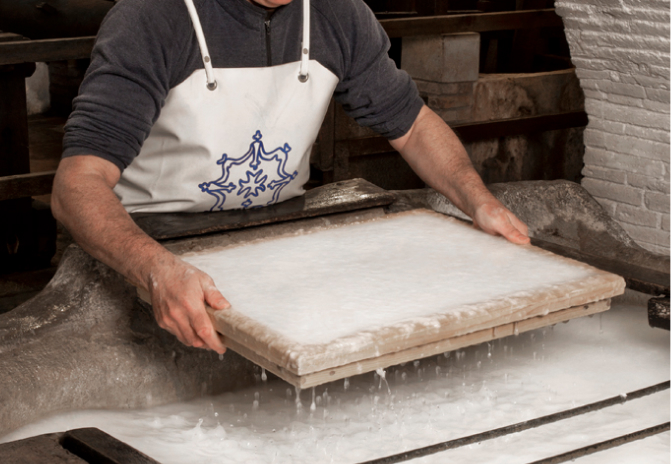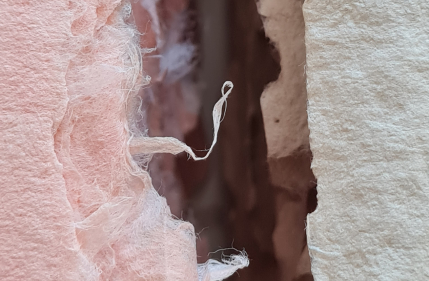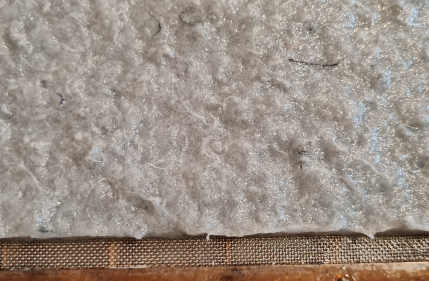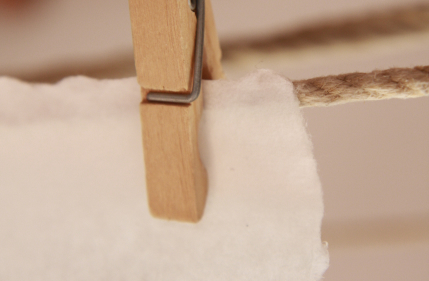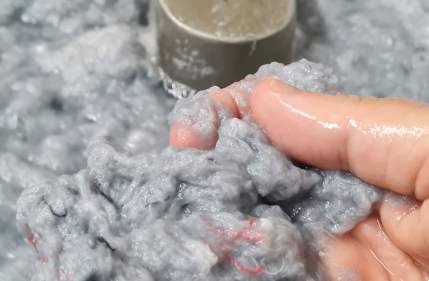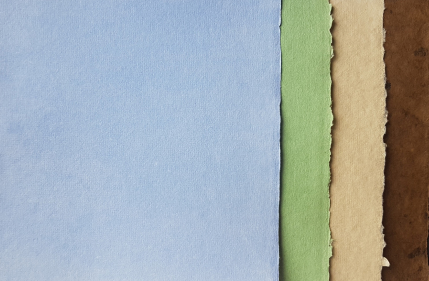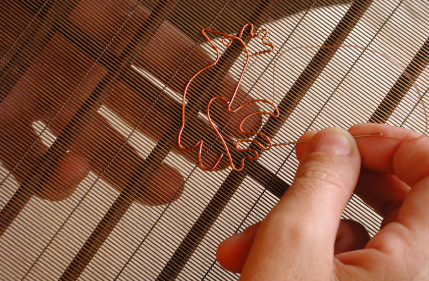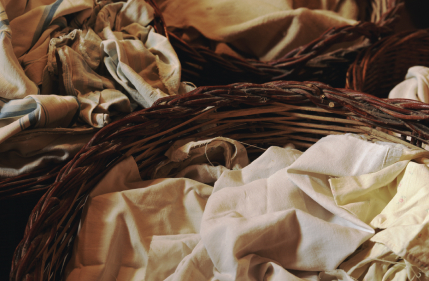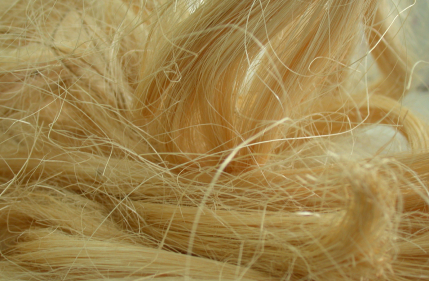With more than fifty years of experience, our Mill continues to produce high quality, acid-free handmade paper from various fibres (cotton, linen, hemp, abaca and sisal) with a wide range of sizes, watermarks and colours.
The Museum has produced paper for various artists, such as Jaume Plensa, Miquel Barceló and Eugènia Balcells, as well as for companies such as Mango, the Carmen Balcells Literary Agency, the chef Ferran Adrià, Carme Ruscalleda, the Roca brothers, Nani Marquina, the Bodleian Library, Missouri Botanical Garden, etc.
Our products have been granted a certificate of craftsmanship by the Catalan government.

